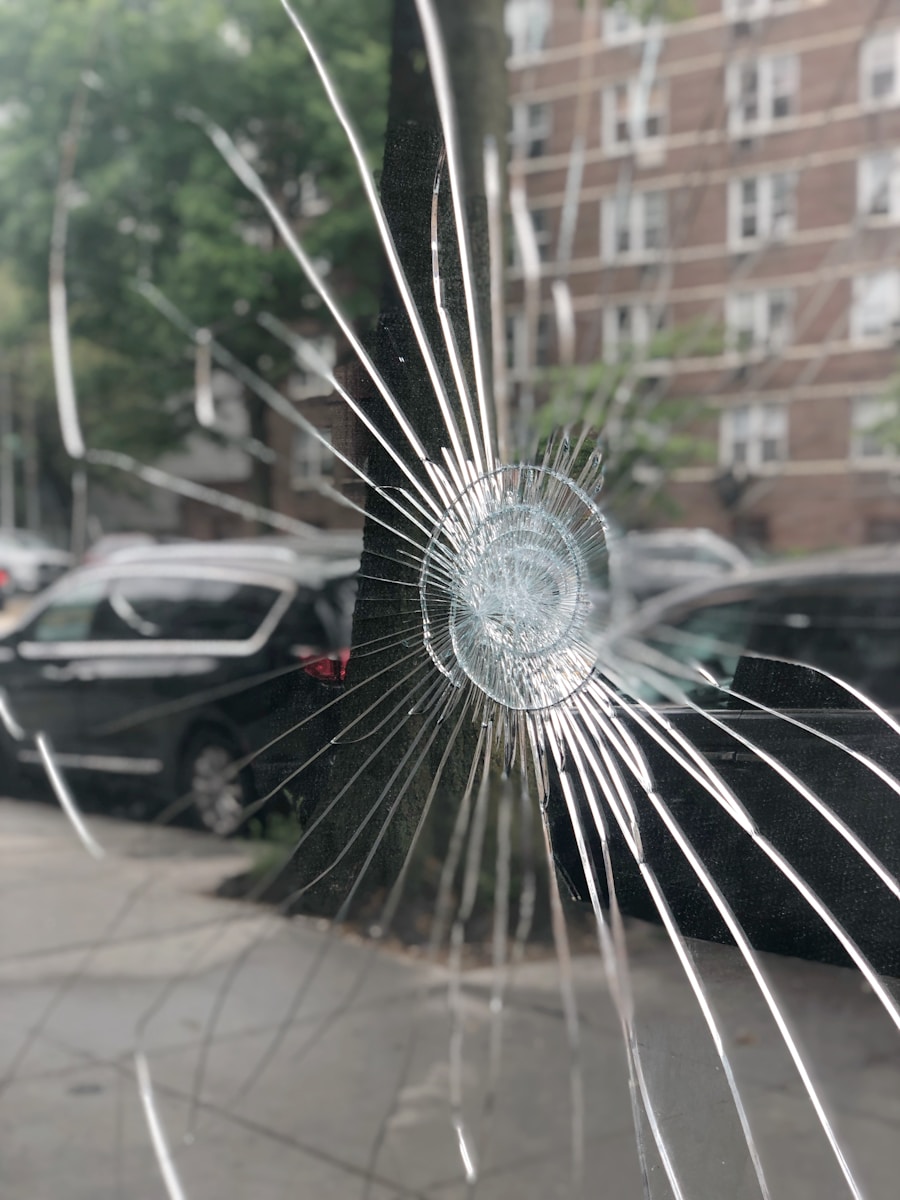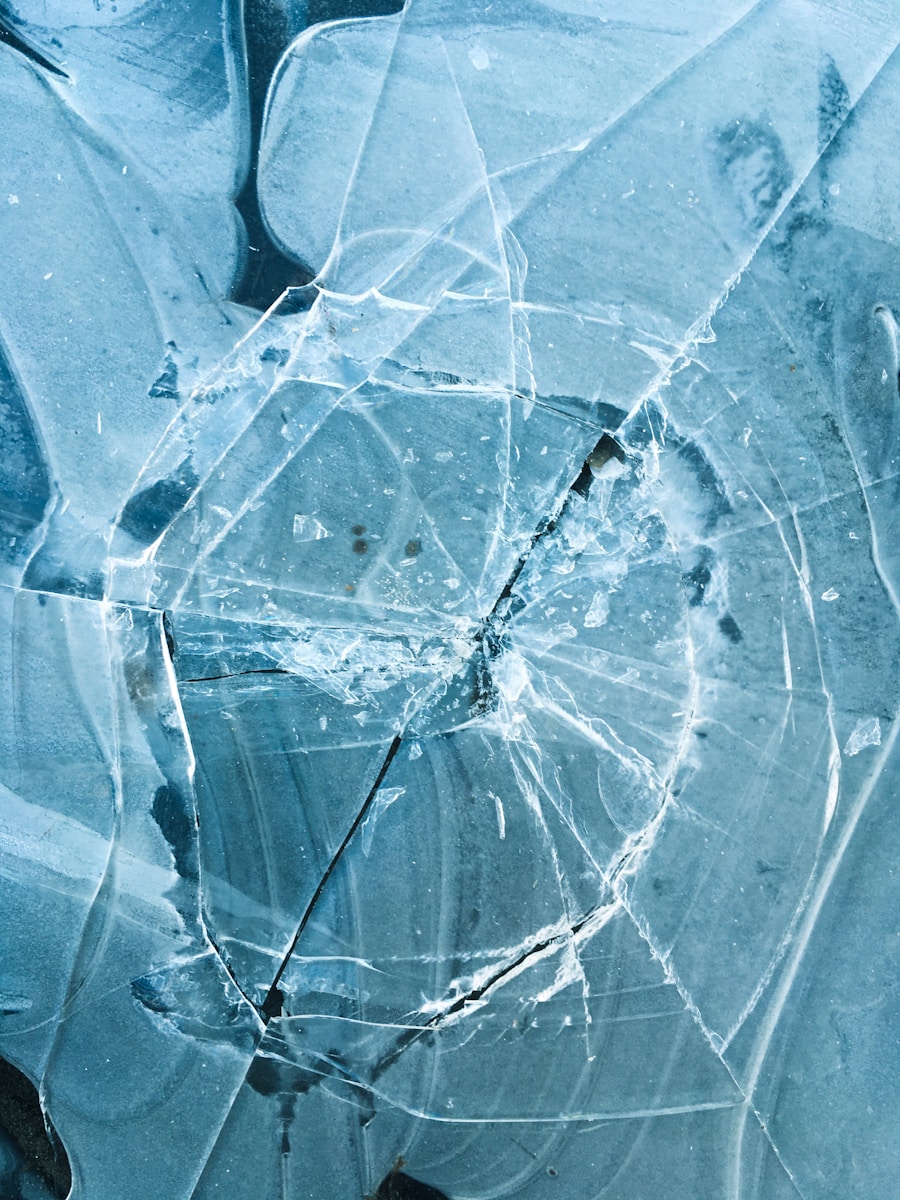Insurance coverage for windshield damage can be a complex topic, as it varies significantly between different insurance policies and providers. Generally, most auto insurance policies include coverage for windshield damage, but the specifics can differ based on whether the policyholder has comprehensive coverage or liability-only coverage. Comprehensive coverage typically covers damages to the vehicle that are not the result of a collision, which includes incidents like vandalism, theft, and natural disasters.
Windshield damage often falls under this category, allowing policyholders to file claims for repairs or replacements without affecting their collision coverage. Moreover, many states have specific laws that mandate insurance companies to offer windshield repair and replacement coverage. This is particularly relevant in states with high incidences of road debris or severe weather conditions that can lead to windshield damage.
For instance, in some jurisdictions, insurers are required to waive deductibles for windshield repairs, making it more financially accessible for drivers to maintain their vehicles. Understanding the nuances of one’s insurance policy is crucial; policyholders should carefully review their coverage details and consult with their insurance agents to clarify what is included regarding windshield damage.
Key Takeaways
- Comprehensive insurance typically covers windshield damage caused by factors such as rocks, debris, and weather.
- Cracks and chips in a windshield can impair visibility and compromise the structural integrity of the vehicle.
- State laws and regulations vary regarding the allowable size and location of windshield damage before it requires repair or replacement.
- Filing a claim for windshield damage usually involves contacting the insurance company, providing details of the damage, and scheduling an inspection.
- Factors such as the size and location of the crack, the driver’s insurance coverage, and the insurance company’s policies can determine whether a cracked windshield voids insurance.
The Impact of Windshield Cracks on Safety and Visibility
Windshield cracks can significantly impair a driver’s ability to see the road clearly, posing serious safety risks. A small crack can quickly expand due to temperature fluctuations or stress from driving, leading to larger fractures that obstruct vision. According to the National Highway Traffic Safety Administration (NHTSA), a compromised windshield can reduce the structural integrity of a vehicle during a collision, increasing the risk of injury to occupants.
The windshield plays a critical role in supporting the roof of the vehicle; if it is damaged, it may not provide adequate protection in the event of a rollover accident. In addition to safety concerns, visibility issues caused by windshield cracks can lead to dangerous driving situations. A crack located directly in the driver’s line of sight can create glare or distort images, making it difficult to judge distances and react promptly to hazards.
This is particularly concerning during adverse weather conditions, such as rain or fog, where clear visibility is essential for safe driving.
State Laws and Regulations Regarding Windshield Damage

State laws regarding windshield damage vary widely across the United States, reflecting differing priorities in consumer protection and road safety. Some states have enacted laws that require insurance companies to provide comprehensive coverage for windshield repairs without deductibles. For example, Florida mandates that insurers cover the full cost of windshield repairs for policyholders with comprehensive coverage, encouraging drivers to address minor damages before they escalate into more significant issues.
This proactive approach not only benefits individual drivers but also contributes to overall road safety by ensuring that vehicles are maintained in good condition. Conversely, other states may have less favorable regulations for drivers dealing with windshield damage. In some jurisdictions, insurance policies may impose deductibles that can deter drivers from filing claims for minor repairs.
Additionally, certain states have restrictions on where repairs can be made or require specific certifications for repair shops. Understanding these regulations is crucial for drivers; being informed about local laws can help them navigate the complexities of insurance claims and ensure they receive the coverage they are entitled to when dealing with windshield damage.
The Process of Filing a Claim for Windshield Damage
| Step | Time Frame | Details |
|---|---|---|
| Report the damage | Within 24 hours of occurrence | Contact the insurance company to report the windshield damage and provide necessary details. |
| File a claim | 1-2 business days | Submit the necessary documents and information to initiate the claim process. |
| Inspection | 1-3 business days | An insurance adjuster will inspect the damage to assess the extent and cost of repairs. |
| Approval | 1-5 business days | Once the inspection is complete, the claim will be approved, and the repair process can begin. |
| Repair | 3-5 business days | The windshield will be repaired or replaced by an authorized service provider. |
| Claim settlement | 7-14 business days | The insurance company will settle the claim by reimbursing the policyholder for the repair costs. |
Filing a claim for windshield damage typically involves several steps that require careful attention to detail. The first step is to assess the extent of the damage; if the crack is small and not obstructing visibility, many insurance companies recommend opting for repair rather than replacement. Most insurers have specific guidelines regarding what constitutes repairable damage versus what necessitates a full replacement.
Once the damage has been evaluated, the next step is to contact the insurance provider to report the incident and initiate the claims process. During this process, policyholders will need to provide relevant information, including their policy number, details about how the damage occurred, and any photographs of the damage if available. Insurers may also require an inspection by an authorized technician to determine whether the windshield can be repaired or needs replacement.
After submitting all necessary documentation and information, policyholders should receive a claim number and an estimated timeline for processing their claim. It’s essential for drivers to keep records of all communications with their insurance company throughout this process to ensure transparency and accountability.
Factors That Determine Whether a Cracked Windshield Voids Insurance
The question of whether a cracked windshield can void insurance coverage is nuanced and depends on several factors related to both the nature of the damage and the specifics of the insurance policy. Generally speaking, a cracked windshield itself does not automatically void an insurance policy; however, if the damage is a result of negligence or failure to maintain the vehicle properly, insurers may have grounds to deny a claim. For instance, if a driver ignores multiple warnings about vehicle maintenance or fails to address known issues that lead to further damage, this could potentially impact their coverage.
Additionally, certain types of policies may have stipulations regarding how claims are handled in relation to vehicle maintenance. For example, if a driver has opted for a high-deductible plan and frequently files claims for minor damages like windshield cracks, insurers might view this as excessive use of coverage and could potentially raise premiums or reconsider coverage terms upon renewal. It’s crucial for policyholders to understand their specific policy language and any exclusions that may apply regarding maintenance and claims history.
Steps to Take When Dealing with a Cracked Windshield and Insurance

When faced with a cracked windshield, there are several proactive steps drivers should take to ensure they handle the situation effectively while minimizing potential complications with their insurance coverage. First and foremost, it’s advisable to document the damage thoroughly by taking clear photographs from multiple angles. This visual evidence can be invaluable when filing a claim or discussing options with an insurance representative.
Additionally, drivers should note any relevant details about how the damage occurred, as this information will be necessary when reporting the incident. Next, contacting the insurance company promptly is essential. Many insurers have specific timeframes within which claims must be reported after an incident occurs.
By reaching out early in the process, policyholders can clarify their coverage options and understand any deductibles or limitations that may apply. If repairs are needed immediately due to safety concerns, drivers should inquire about preferred repair shops within their network; many insurers have partnerships with local businesses that can expedite the repair process while ensuring quality service.
Options for Repairing or Replacing a Cracked Windshield
When it comes to addressing a cracked windshield, drivers typically have two primary options: repair or replacement. The decision between these two options often hinges on the size and location of the crack. Small chips or cracks that are less than six inches long are often eligible for repair; this process involves injecting resin into the damaged area to restore structural integrity and clarity without needing a full replacement.
Repairing a windshield is generally quicker and more cost-effective than replacement, making it an attractive option for minor damages. However, if the crack is larger than six inches or located in a critical area that obstructs visibility—such as directly in front of the driver—replacement may be necessary. Replacing a windshield involves removing the damaged glass and installing a new one, which can take several hours depending on the make and model of the vehicle.
It’s important for drivers to choose reputable repair shops that use high-quality materials and adhere to industry standards; this ensures that the new windshield will provide adequate protection and maintain structural integrity.
Tips for Preventing Windshield Damage and Maintaining Insurance Coverage
Preventing windshield damage requires vigilance and proactive measures from drivers.
Additionally, avoiding poorly maintained roads or construction zones can help minimize exposure to flying rocks or other hazards that could cause chips or cracks.
Regularly inspecting one’s vehicle for signs of wear and tear can also help catch potential issues before they escalate into more significant problems. Maintaining insurance coverage while preventing windshield damage also involves understanding one’s policy details thoroughly. Drivers should regularly review their coverage options and consider adding comprehensive coverage if they currently only have liability insurance.
This additional layer of protection can provide peace of mind against unexpected damages like those caused by road debris or severe weather conditions. Furthermore, staying informed about state laws regarding windshield repairs can empower drivers to make informed decisions about their vehicle maintenance and insurance claims processes.
If you are wondering whether driving with a cracked windshield could void your insurance, you may want to check out this article on auto insurance. It provides valuable information on how different factors, such as the condition of your vehicle, can impact your insurance coverage. Understanding the terms of your policy is crucial to avoid any surprises in case of an accident.
FAQs
What is a cracked windshield?
A cracked windshield refers to a damaged windshield that has a visible crack or multiple cracks on its surface. This can occur due to various reasons such as impact from debris, extreme temperature changes, or accidents.
Does driving with a cracked windshield void your insurance?
In most cases, driving with a cracked windshield does not automatically void your insurance. However, it is important to check with your insurance provider as some policies may have specific guidelines regarding the condition of the vehicle, including the windshield.
Can I get a ticket for driving with a cracked windshield?
Yes, in many jurisdictions, driving with a cracked windshield can result in a ticket or citation. The severity of the ticket may vary depending on the size and location of the crack, as well as local laws and regulations.
Is it safe to drive with a cracked windshield?
Driving with a cracked windshield can pose safety risks as the structural integrity of the windshield may be compromised. Additionally, the crack can obstruct the driver’s view, increasing the risk of accidents. It is recommended to have a cracked windshield repaired or replaced as soon as possible.
How can I get my cracked windshield repaired or replaced?
You can contact a professional auto glass repair or replacement service to assess the damage and provide the necessary repairs. Many insurance policies also cover windshield repairs, so it is advisable to check with your provider to understand your coverage options.


